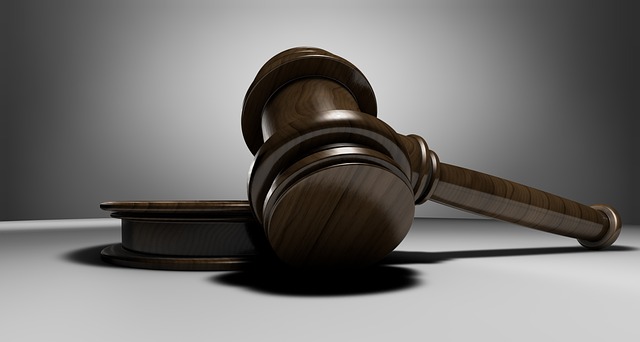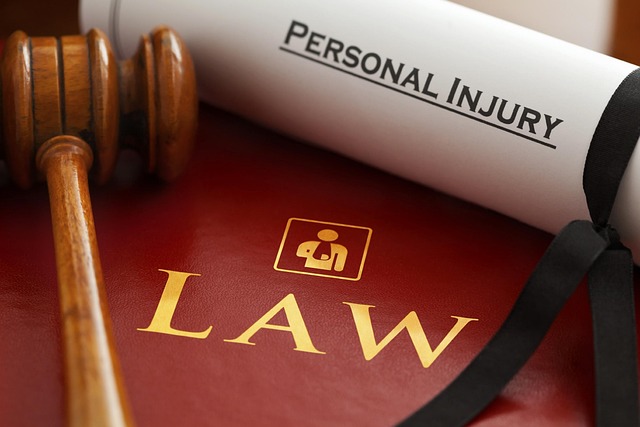Defamation laws protect against reputation harm through slander (verbal) and libel (written) falsehoods. To manage risks, understand defamation lawsuit procedures, gather evidence, consult legal experts, proactively address accusations, train employees, and stay informed on relevant laws, especially regarding How to File a Defamation Lawsuit for successful defense against charges or monetary compensation.
Litigation Risk Management, particularly in understanding and navigating defamation laws, is crucial for safeguarding your reputation and brand. This comprehensive guide delves into the intricacies of defamation, from grasping its legal definitions and identifying factors that determine its scope, to gathering compelling evidence and following best practices in filing a lawsuit. Learn effective strategies to mitigate potential risks and protect yourself against libel and slander. Discover how to file a defamation lawsuit successfully using proven tactics and legal procedures.
- Understanding Defamation Laws and Their Reach
- Identifying Factors: Determining Defamation's Scope
- Gathering Evidence: Proving Your Case Effectively
- Navigating Legal Procedures for Filing a Suit
- Strategies to Mitigate Potential Litigation Risks
Understanding Defamation Laws and Their Reach

Defamation laws play a crucial role in litigation risk management, especially for businesses and individuals facing allegations that can damage their reputation. Understanding these laws is essential to navigating potential legal pitfalls effectively. At its core, defamation involves making false statements about someone or something that harm their reputation. This can take various forms, including slander (oral defamation) and libel (written or published defamation). When dealing with complex cases involving white-collar and economic crimes, a robust general criminal defense strategy becomes vital to mitigate risks.
Knowing how to file a defamation lawsuit is critical for those facing such charges. The process involves demonstrating that the statement was false, harmful, and made with malice or negligence. Success in these cases can lead to significant monetary damages and, in some instances, a complete dismissal of all charges, depending on the unique circumstances and jurisdiction. Effective litigation risk management requires staying informed about defamation laws, consulting experienced legal counsel, and proactively addressing any potential reputational harm to minimize exposure.
Identifying Factors: Determining Defamation's Scope

Identifying factors is a crucial step in managing litigation risk and understanding the scope of defamation cases. When considering how to file a defamation lawsuit, it’s essential to recognize that defamation encompasses various forms, including libel and slander. These claims arise when false statements are made, either in writing (libel) or verbally (slander), causing harm to an individual’s reputation.
To ensure the complete dismissal of all charges, legal professionals must carefully examine the nature and context of the alleged defamatory remarks. By understanding the specific circumstances, they can formulate a robust defense strategy, aiming for the avoiding indictment of their clients. This process involves analyzing the truth or falsity of the statements, evaluating the intent behind them, and assessing whether any actual harm has been incurred.
Gathering Evidence: Proving Your Case Effectively

Effective gathering of evidence is paramount to proving your case in a defamation lawsuit successfully. When navigating How to File a Defamation Lawsuit, it’s crucial to amass concrete and relevant proof that supports your claim. This could include documents, communications, or testimonies from witnesses who can attest to the false nature of the statements made against you.
Evidence plays a pivotal role in securing a favorable outcome, whether through a settlement or a jury trial. By presenting compelling evidence, you increase your chances of achieving a complete dismissal of all charges. Remember, each piece of information should be meticulously organized and aligned with the respective business interests at stake to make a powerful case.
Navigating Legal Procedures for Filing a Suit

Navigating legal procedures for filing a suit is a complex task that requires meticulous attention to detail. The first step in managing litigation risk involves understanding the specific laws and regulations governing your case, especially when it comes to sensitive issues like defamation. A defamation lawsuit aims to protect individuals or entities from false statements that harm their reputation. To file such a suit, one must gather substantial evidence demonstrating malicious intent and actual damage caused by the defamatory remarks. This process includes identifying the defendant, gathering witnesses, and documenting all communications related to the incident.
For both corporate and individual clients, it is crucial to hire legal professionals who possess expertise in defamation law. These attorneys guide their clients through all stages of the investigative and enforcement process, ensuring that each step aligns with legal requirements. By employing strategic tactics and leveraging relevant laws, legal representatives can enhance their clients’ chances of success while mitigating potential risks associated with litigation.
Strategies to Mitigate Potential Litigation Risks

In managing litigation risks, proactive strategies are key to safeguarding respective businesses from potential lawsuits and their adverse impacts. One effective approach is to establish robust communication protocols, ensuring clear and accurate information dissemination. Prompt response to accusations or misunderstandings can often defuse situations before they escalate into legal battles. Additionally, regular reviews of internal policies and procedures can help identify gaps that may expose the business to litigation risks, such as those related to employee conduct or data protection.
Another crucial strategy involves staying informed about relevant laws and regulations, especially in high-stakes cases where defamation lawsuits pose significant threats. Proactive businesses should not only understand how to file a defamation lawsuit but also proactively monitor online spaces to prevent false accusations. Regular training sessions for employees on legal compliance and ethical conduct can further mitigate risks associated with slander or libel. These measures collectively contribute to fostering a culture of responsibility and minimizing the likelihood of costly litigation.
Effective litigation risk management is key to safeguarding your organization’s reputation and financial health. By understanding defamation laws, identifying potential triggers, gathering robust evidence, and navigating legal procedures competently, you can mitigate risks associated with defamation lawsuits. Implement strategic measures to minimize exposure, ensuring a swift and effective response when faced with such claims. Remember, proactive management and a solid strategy are essential tools in protecting your business from the damages caused by defamation. Knowing How to File a Defamation Lawsuit is the first step; staying informed and prepared is the game-changer.






